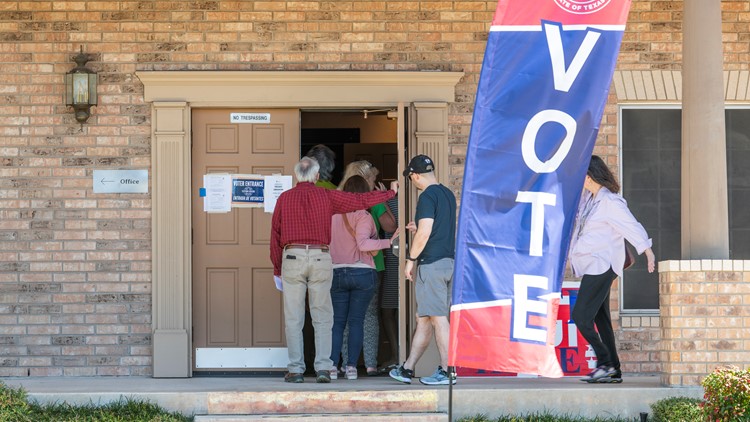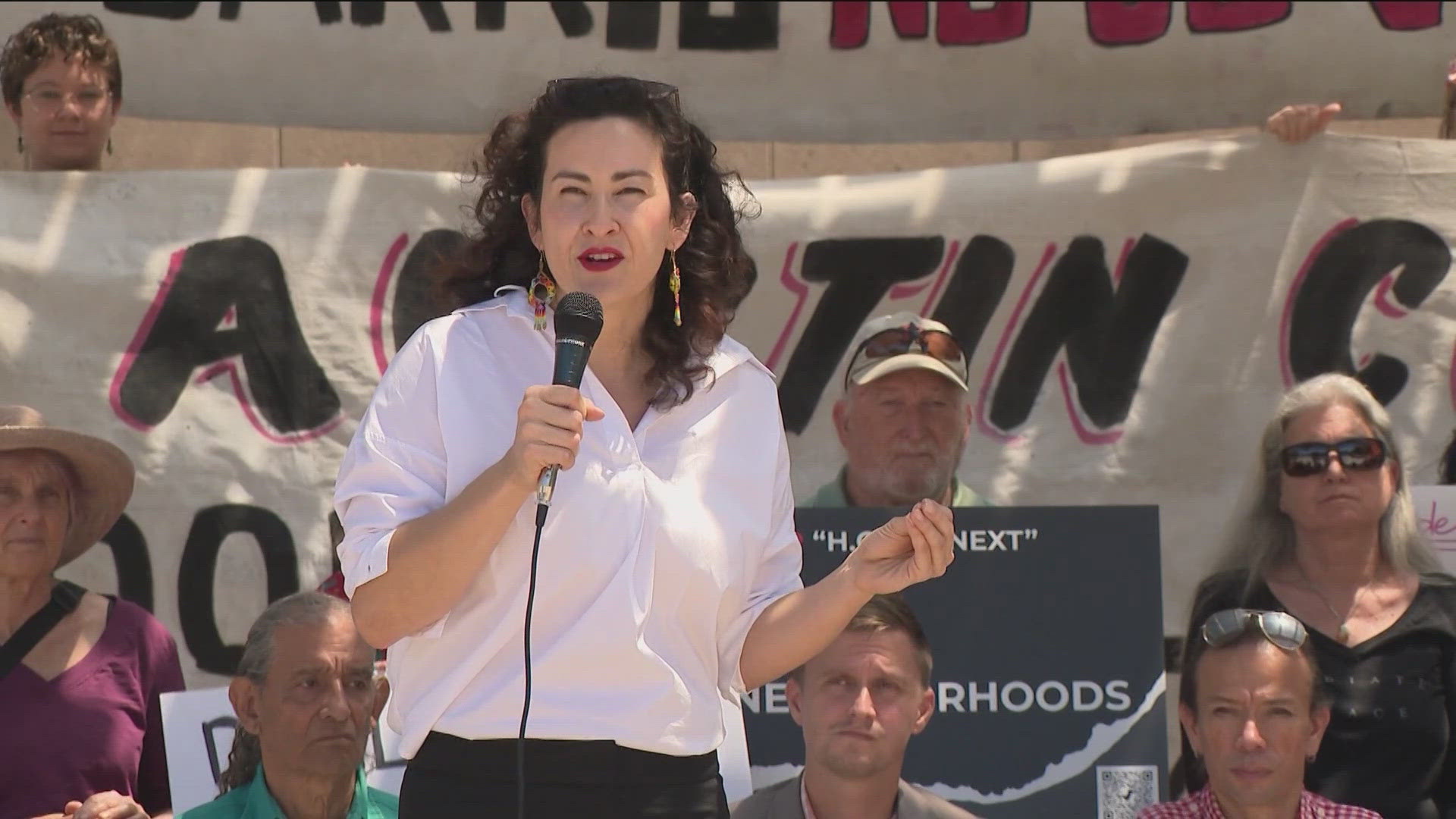THE TEXAS TRIBUNE – Before every election, Roxzine Stinson prints out a sheet of paper with the phone numbers of state legislators, the secretary of state’s office and political party chairs. If any voter complains about an election issue, Stinson gives them a copy.
“If they get too vocal and tell us we don’t know what we are talking about, we just hand them that,” said Stinson, who has served as Lubbock County’s elections administrator since 2022.
And voters are getting more vocal, Stinson said.
“I have noticed that they are voicing their opinions louder than they used to,” Stinson said. “Sometimes, it’s hard to explain to them that I can’t go beyond the bounds of the Election Code.”
Election officials across Texas and the nation are facing heightened scrutiny, threats and harassment.
Those threats are among several reasons election researchers say the rate of turnover among election officials has steadily grown. According to a report released Tuesday by the Bipartisan Policy Center, turnover among election officers nationwide has grown from 28% in 2004 to 39% in 2022. Turnover is defined as a change in a jurisdiction's chief election administrator since the November general election held four years prior. Other factors leading to a higher turnover rate the report cites: an aging workforce, increasing demands on workers and mounting threats as the reasons for that increase.
In Texas, the rate of turnover increased dramatically from 28% in 2004 to 44% to 2008. It then dropped to 30% in 2012 before rising again to 40%, a rate it has steadily held since 2016, slightly exceeding the national average.
RELATED: Hays County creates 'Election Integrity Task Force' to address complaints with 2024 election
The high turnover rates have caused some election observers to fear increased challenges in upcoming elections and lower voter confidence in the electoral process. The organization behind the report highlighted that 65% of election administrators have experience running presidential elections. They advise state governments to offer higher rates of compensation for election workers and to develop strong succession planning to alleviate the need for institutional knowledge.
Stinson considers herself lucky in Lubbock County, where she says she has been spared of any serious threats to her safety. But she knows of colleagues in other counties who have been ousted by hostile advocates falsely claiming that election officials had rigged the presidential election against Donald Trump.
For example, in Tarrant County — Texas’ largest and most populous swing county — Heider Garcia, a well-respected elections officer, resigned from his post in 2023. He faced death threats stemming from lies about the outcome of the 2020 election as well as significant pressure from the county’s top elected official, who suggested there had been widespread voter fraud in 2020. Heider now runs Dallas County’s elections.
And in Gillespie County, an entire election staff resigned in 2022 after workers struggled to combat fringe election conspiracy theories that began before Trump lost the presidential race in 2020.
“The harassment is endless,” said David Becker, who founded an elections-focused nonpartisan nonprofit called the Center for Election Innovation and Research. “It’s not just when they are in the office or around election time. It might be when they go to church, or go shopping, or are picking up their kids from school. Election officials are exhausted.”
Becker said his nonprofit organization has created a legal advocacy network that offers pro bono legal services to election workers navigating legal troubles. A few years ago, such a service would not have been necessary, Becker said. Now, he calls it a lifeline.
Policy and societal changes have also made the job of an election worker more demanding without a compensatory increase in wages, the report said. Cyber threats and disinformation have become more prevalent and have forced election workers to become information and technology experts. Policy changes have also forced workers to adapt to changing legal rules, often with little notice.
RELATED: They counted primary ballots by hand. Now a Texas county Republican party says they found errors.
In Texas, lawmakers passed a sweeping voting law in 2021 that included a number of changes to elections. The law banned drive-thru voting and 24-hour voting sites, increased penalties for voting crimes and added more protections for poll watchers. It also added identification requirements for mail voting, which created widespread confusion and numerous ballot rejections.
Election administrators had just a few months to understand and implement that law. It also demanded increased labor among workers who suddenly had to process each vote-by-mail application and field questions from voters to ensure they met the new identification requirements.
More recently, lawmakers passed Senate Bill 924, which expanded the number of Election Day voting sites required in some 90 counties that allow voters to cast ballots at any polling location countywide. That law left Stinson and other election workers scrambling to open up new polling locations and find the staff to operate them. Stinson said she couldn’t find enough workers to staff the locations in November, and she worries she won’t find enough workers for this year’s general election.
“A lot of our workers have aged out,” Stinson said. “Some are no longer working, and some have had to go back to full-time work because of the state of the economy.”
The aging workforce has contributed to the high turnover rate among election workers. According to surveys of local election officials conducted by the Congressional Research Service, approximately 63% of election officials were 50 years old or older in 2008. In 2020, that number had jumped to 74%.
Despite the high turnover rate, election offices are prepared to run the 2024 presidential election, said Rachel Orey, one of the co-authors of the turnover report. About 65% of local election officials have experience running presidential elections, and new chief election officials have, on average, eight years of previous election experience.
“It’s easy for folks to make it seem like we are in crisis, but really, our workers are prepared,” Orey said.
They added that both federal and state governments should provide more funding to election officers so they can hire adequate staff and offer competitive salaries. Orey recommended that the federal government provide $400 million a year. Congress recently passed a bill appropriating $55 million of funding.
This article originally appeared in The Texas Tribune.



